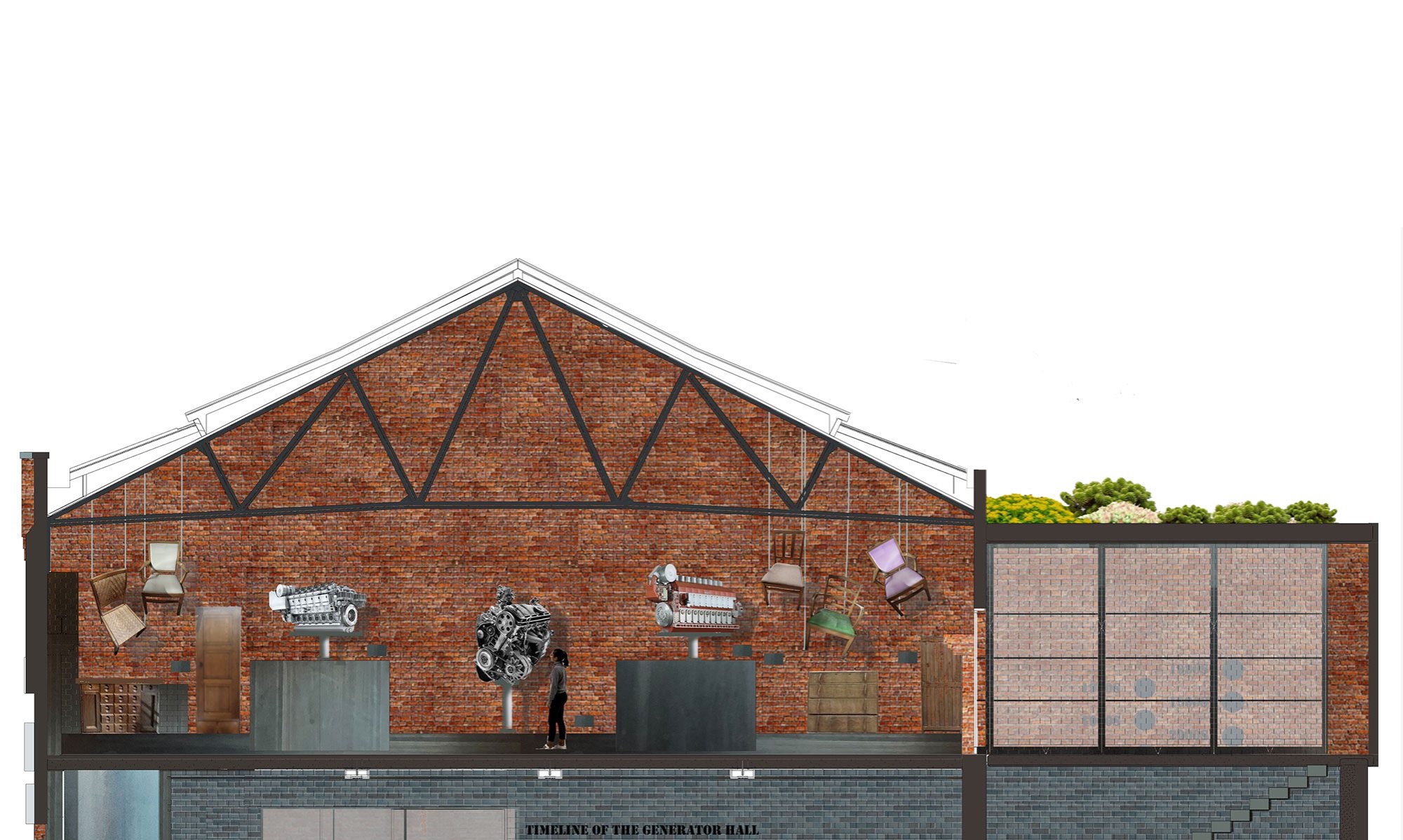From Cradle to Cradle
For a number of years now we have continued to improve our approach to design and specification from an environmental perspective. Identifying the most suitable approach or supplier is difficult. What product manufacturer nowadays would confess to being ruinous to the environment? And yet some building products on the market are environmentally ruinous.
In their best selling book Cradle to Cradle. Remaking The Way We Make Things.: Michael Braungart (a material scientist) and William McDonough (an architect) propose a subtle solution to the problem by redesigning our concept and expectations of the industrial processes that make products. In essence, the idea is simple. If widgets are to be produced they must not damage anybody or anything during each process from extracting the raw materials, to making, and using the product. When the product is past its useful life, the widget, and any by-product of it, must be able to be turned back into its constituent raw materials for reuse in industry, or usefully reabsorbed back into beautiful nature.
So, for example, recycling a plastic bottle into a fleece jumper, into a fence post, into car part then into a bin-liner, that is then buried in the ground, does not make the grade! This process is becoming known as down-cycling. In the example I used the material is downgraded each time it is recycled, becoming of lower and lower quality and value until it is eventually useless. This process only delays the material ending–up in landfill. But if the material the product is made from can be recycled endlessly, without ever going to landfill, then we begin to approach Cradle to Cradle objectives.
The difference between these two examples might seem small, but it is actually profound. As the authors of the book say, being less bad is not the same as being good!
What we like about the C to C approach is that it can address questions that we are only just realising exist. For example, many products release toxic chemicals into the air during their lifetime. Few people have worried about this because it was thought that the amounts being emitted were too small to matter. But advances in bioscience and in particular measurement techniques, are beginning to overturn this notion.
Nobody yet fully understands the implications of the man-made chemicals present in our everyday environment, but it is surely common sense to reduce and eventually get rid of as many as we can.
The Cradle to Cradle approach is holistic, and it does not require government intervention to be effective.
In this spirit, we have now rewritten our policy on the specification of products to require all suppliers and manufacturers who want their products specified by us to state what aspect of C to C principles they abide by. Initially we found few companies had heard of C to C principles, but this is now changing. More and more companies are redesigning their products and manufacturing processes to meet the future.
Read more details on Cradle to Cradle design concepts.




